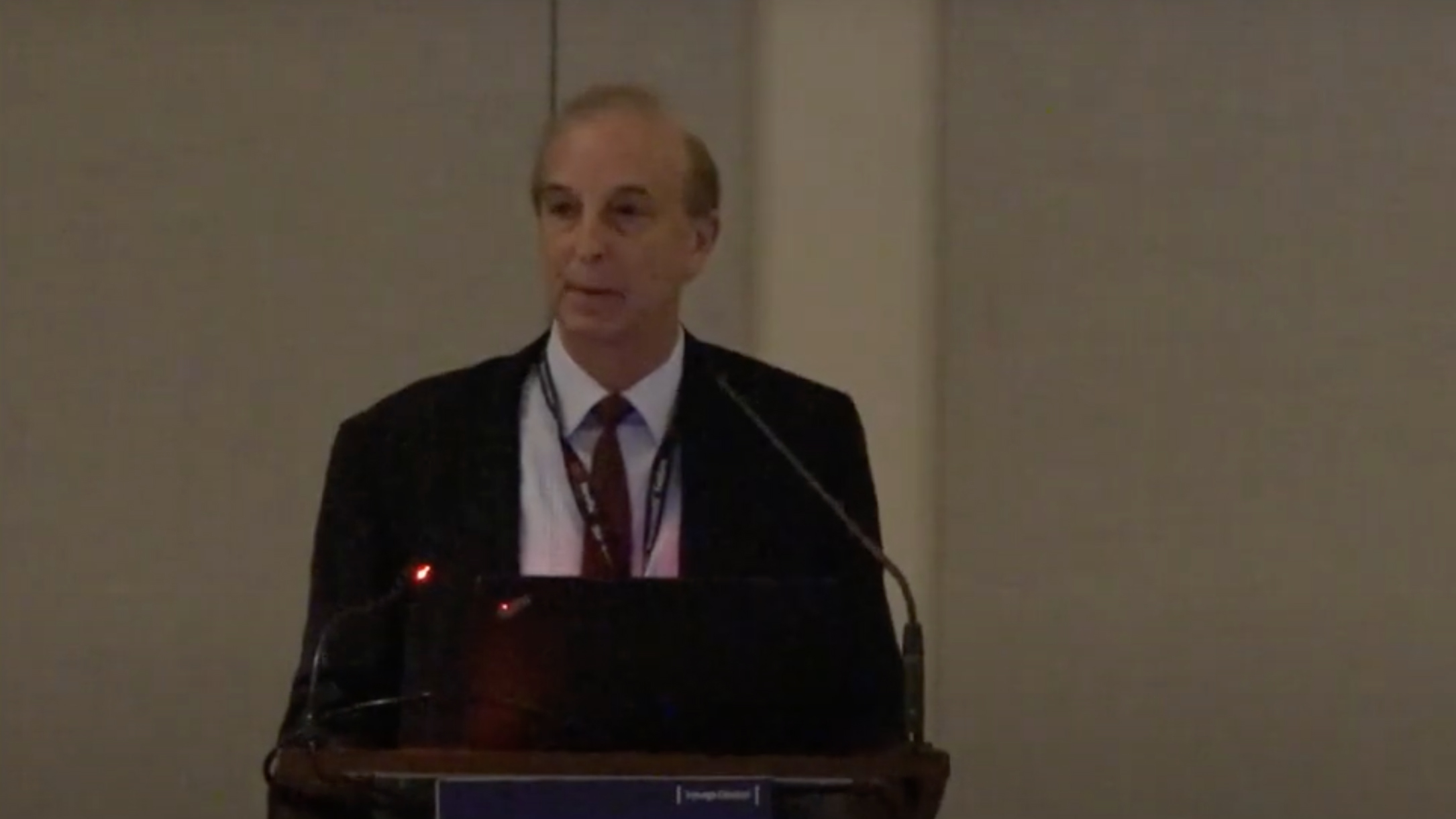Teens with anorexia may respond well to family-based therapy
Reuters Health • The Doctor's Channel Daily Newscast
“For many years, families were blamed for causing anorexia nervosa and left out of treatment,” lead investigator Dr. James Lock commented in an email. “The current study emphasizes how useful families can be in helping their children with the disorder.”
Dr. Lock of Stanford University School of Medicine, California and colleagues describe their study in the October issue of Archives of General Psychiatry. They randomly assigned 121 teens (110 of them female) with anorexia nervosa to adolescent-focused individual therapy (AFT) or to family-based treatment (FBT).
With AFT, patients learn to “tolerate affective states rather than numbing themselves with starvation,” and are asked “to accept responsibility for food-related issues as opposed to relinquishing authority to others (eg, parents),” the authors explain. With FBT, families are to “encouraged to work out for themselves how best to help restore the weight of their child,” after which parents are helped “to transition eating and weight control back to the adolescent.” Both groups had 24 hours of therapy over a 1 year period.
The primary outcome, full remission of anorexia, was defined as achieving at least 95% of ideal body weight for age, sex and height, along with an Eating Disorder Evaluation score within 1 SD of community norms.
At the end of treatment, full remission rates were 42% in the FBT group compared to 23% in the AFT group, a nonsignificant difference at a p value of 0.06. However, corresponding rates at 6-months follow-up were 40% and 18% (p=0.03) and at 1 year they were 49% and 23% (p=0.02).
“Family Based Treatment was faster in restoring weight and changing eating attitudes than individual therapy and led to more enduring rates of full recovery,” Dr. Lock said. “It should be considered the first-line treatment for the disorder in this age group at this point.”
Why the greater durability with FBT? “Although this is speculative, a possible reason for why Family-Based Treatment had lower relapse rates is that the behaviors that maintain anorexia nervosa (severe dieting, over exercise, and purging) were disrupted earlier and more definitively in Family-Based Treatment by using parents to accomplish this,” Dr. Lock suggested. “By effectively curtailing these behaviors early in treatment, the distorted thoughts and beliefs about thinness and body distortion associated with anorexia nervosa are difficult to maintain.”
On the other hand, he added, “The adolescent on her/his own is less likely to be as effective in achieving sufficient disruption of these behaviors as quickly, and therefore both the behaviors and distorted cognitions persist longer and are thereby more resistant to change.”
The authors note that both approaches led to considerable improvement. “It has been suggested that older adolescents might do better in individual therapy, but our analyses have not borne this out as of yet,” Dr. Lock commented.
“That said,” he continued, “there are parents and families who are unable, do not have the resources, or are unwilling to undertake family-based treatment, so individual therapy is a good alternative for them.”
Dr. Lock pointed out that more therapists are trained to do individual therapy, so it is generally more available. Still, he concluded, “It behooves therapists working with adolescents with anorexia nervosa to consider learning about family-based treatment to improve outcomes in these patients.”
Arch Gen Psychiatry 2010;67:1025-1032.




